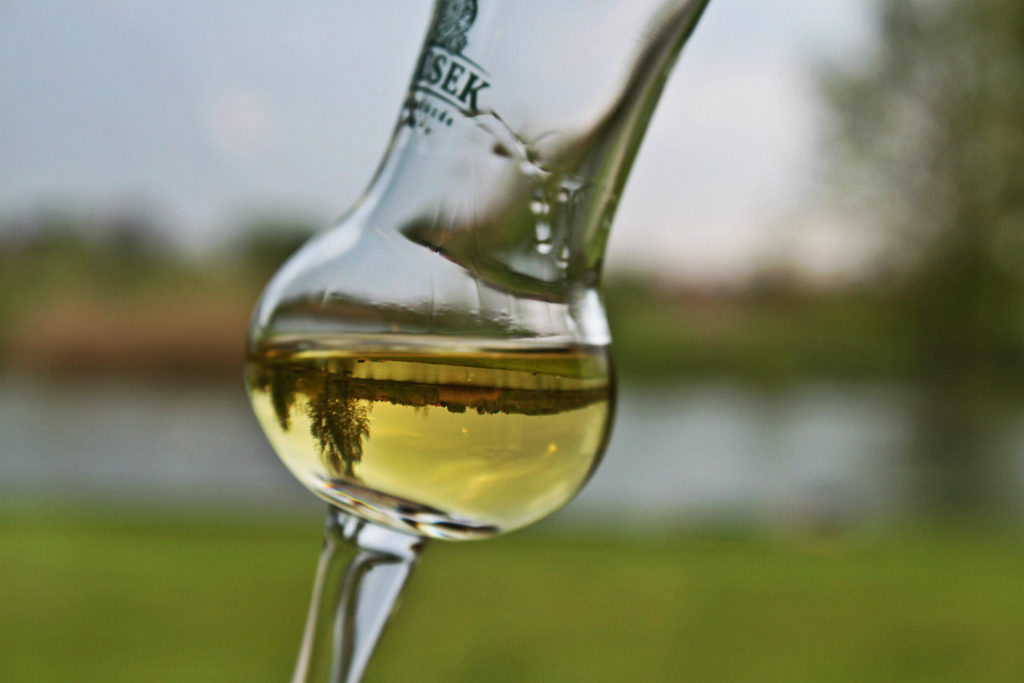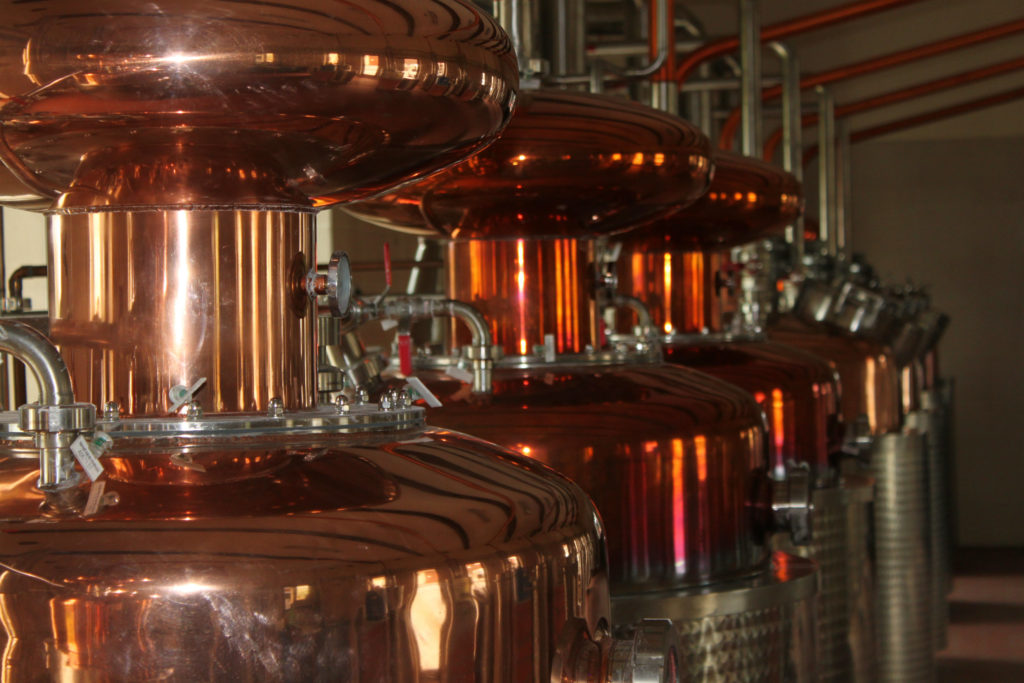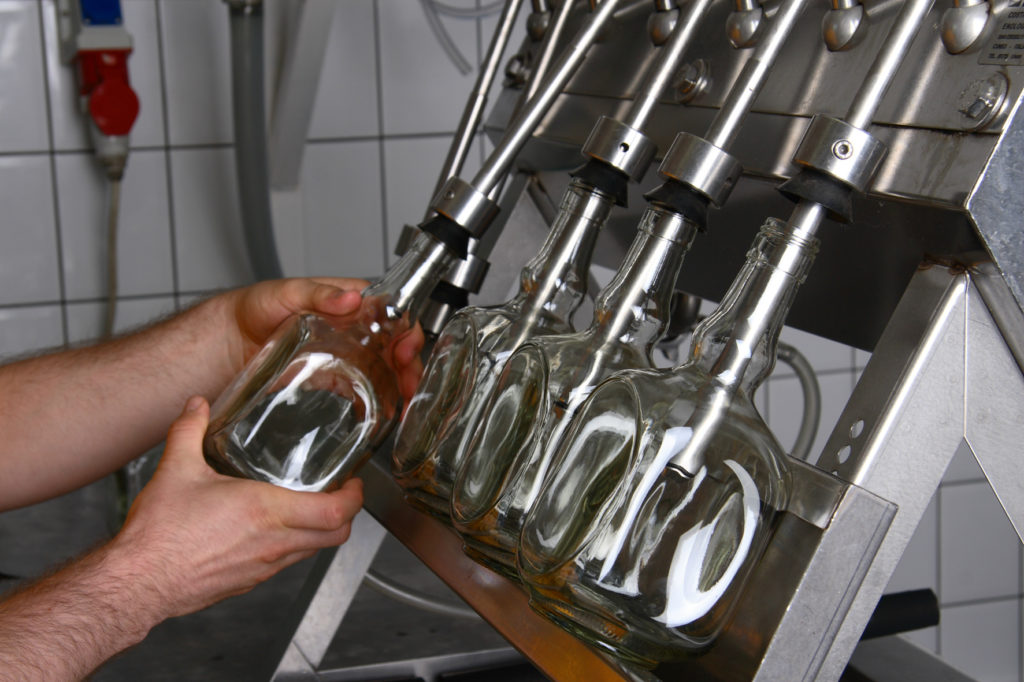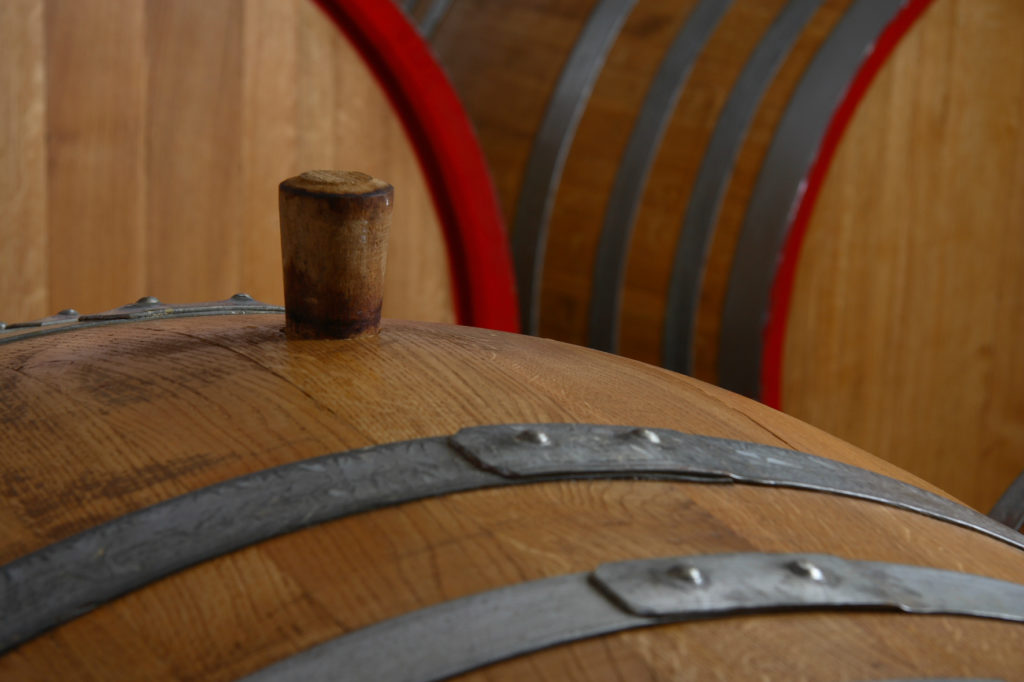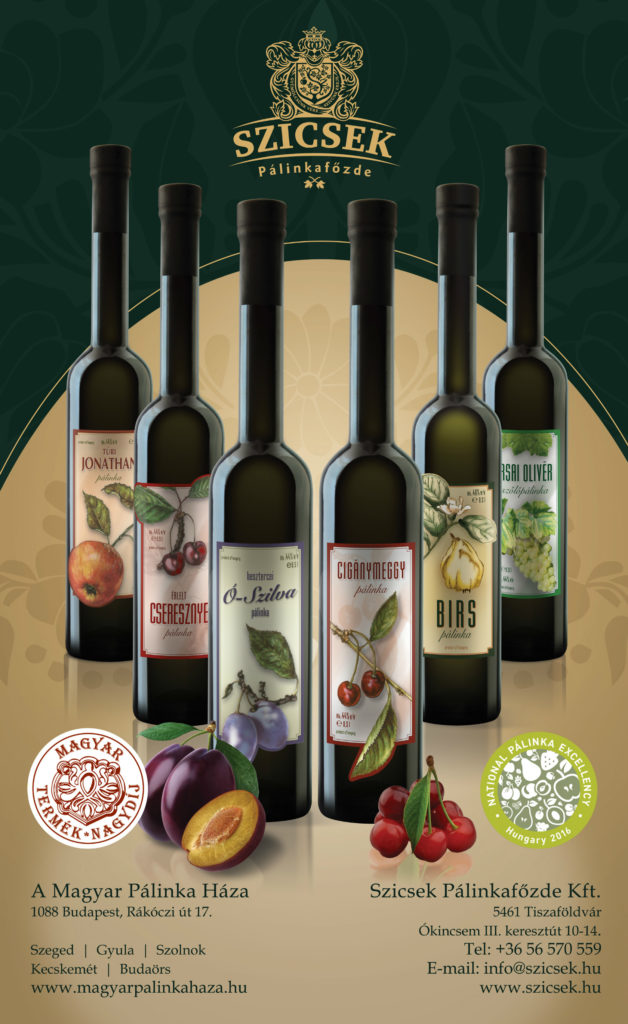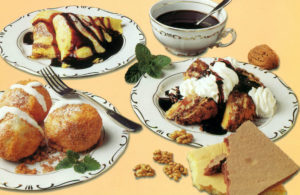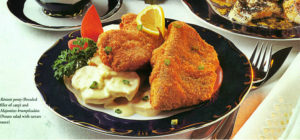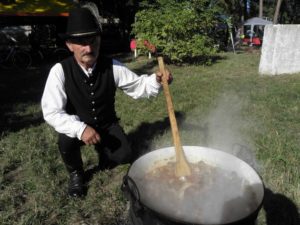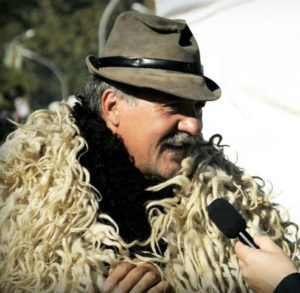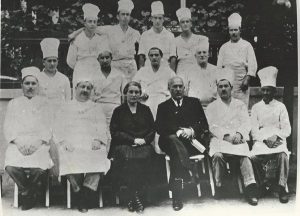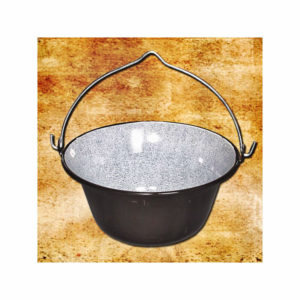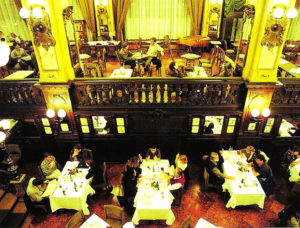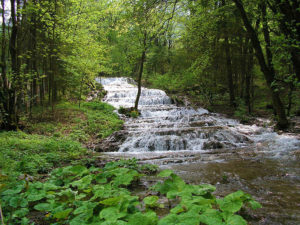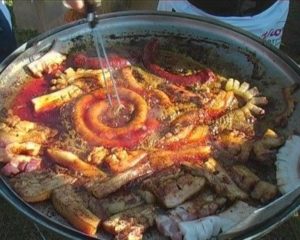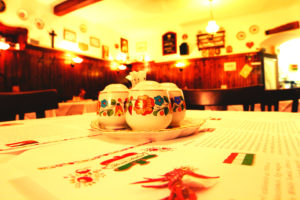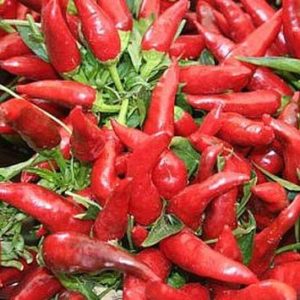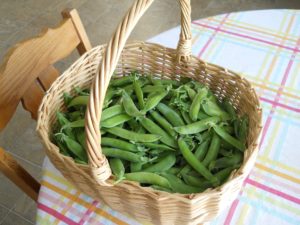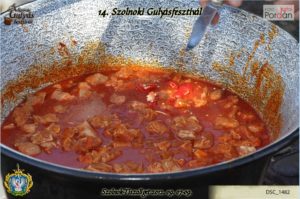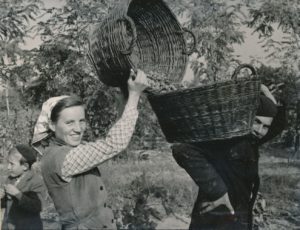PÁLINKA – THE HUNGARIAN NATIONAL SPIRIT „Medicine in small portion, remedy in a bigger one”
There are no people in Hungary in whom the word “pálinka” does not bring up a pleasant experience, but nowadays this Hungarian word is well known in many parts of the world too. But then there has been much less popular information about the history, traditions and the background of the pálinka renaissance of the past years and decades.
There is no doubt: pálinka as an alcoholic drink has a millennial history, and it has been accompanying the Hungarian history since the Settlement of our nation. But in fact this is a bit inexact statement and needs to be clarified. Although in the early times the basics of manufacturing technology were almost the same as now, contemporary cereals and / or fruit spirits did not conform to our present-day pálinka-concept.
Many people identify pálinka as a Hungarian folk beverage of the countryside, where people produce pálinka from useless fruits; after fermentation and distillation they consume it typically at a high alcohol level – as they say: „as a cordial”. This is the reason for our still popular greeting form: „Pálinkás jó reggelt!” („I wish you a good morning with pálinka!”). The Hungarian language has many folk and humorous names of pálinka: „az élet vize”, „guggolós”, „szilvórium”, „lacibetyárköpés”, „görbevíz”, „papramorgó”, „célzóvíz”, „lámpás”, „cserkó”, and many more; all refer to pálinka.
The Pálinka Act, stated in 2008, marks the beginning of the brand new history of pálinka, which basically changed the image of pálinka and the beverage itself as well. The legal harmonization of the EU, the regulation about the official usage of the name „pálinka” and the legal institution for the protection of origin created straightforward the possibility of rebirth of the pálinka, which has given a great chance to the pálinka to be the number one Hungaricum. The name „pálinka” – except the apricot pálinka in four Austrian provinces – can only be used in Hungary, but only for the fruit and marc distillates produced by a specific process in Hungary, only if the raw materials have been produced in Hungary as well as all stages of production (mashing, distillation, maturation, bottling) were also carried out in Hungary.
So, in brief: all pálinkas are distillates, but not all distillates are pálinkas. It is interesting to note that even though delicious distillates can be made from vegetables, they cannot be called pálinka, or even a spirit made from the flavorful fruits of the Transylvanian fruit vineyards, and the beloved pálinka with honey may be called only spirituous drink. Nowadays, the basic requirement is the use of fresh, highest quality fruits, and the prohibition of adding any additives, and we are not measuring a “shot”, but 2 Cl or 4 Cl is the general consumption unit.
And why can Hungary be the home of the finest pálinkas? Excellent soil conditions, traditional fruit culture, favorable climate are such factors which, combined with a good consumption culture and our touristic values, result an unparalleled drink experience, ’cause pálinka is more than the drink itself: it conveys a mood and tradition too.
Pálinka contains inside all the vital sunlight, the careful manual work of the countrymen, the taste of the Hungarian wooden barrels, all the flavors of the countryside and the heart & spirit of the pálinka producer. That’s why we believe that pálinka can be a delightful surprise to gourmets anywhere in the world, a recognition that can put pálinka to the right place in the alcoholic beverage and gastronomic culture of the world.
Further information:



